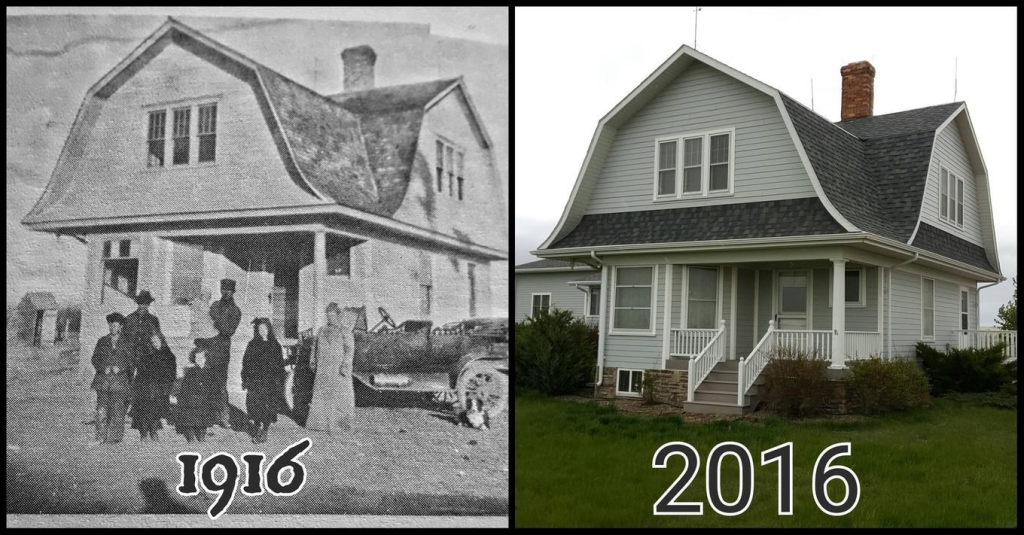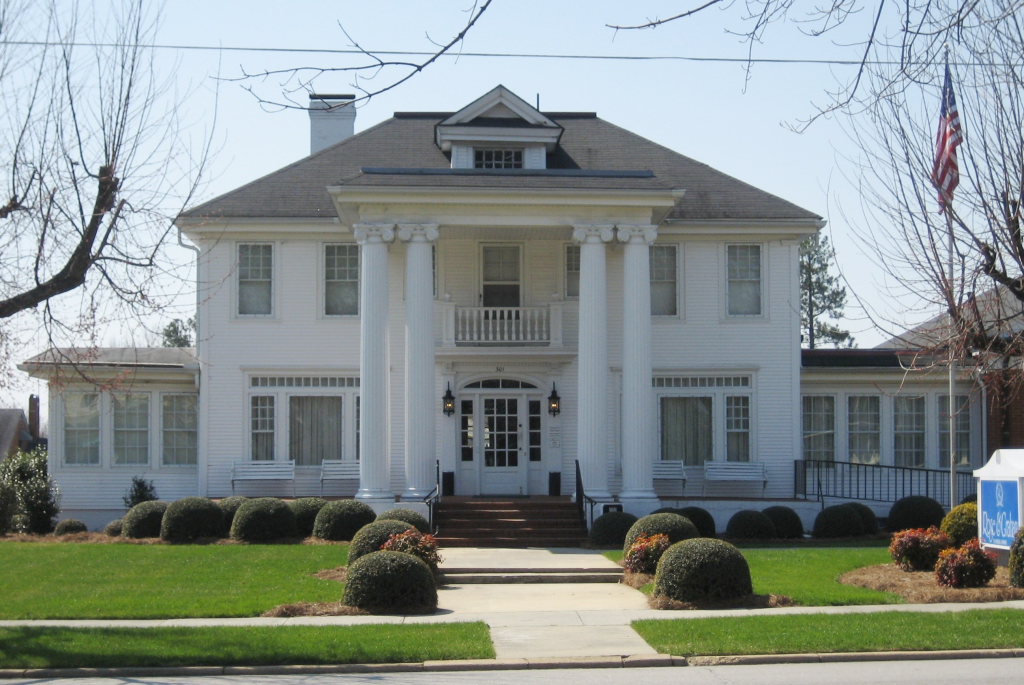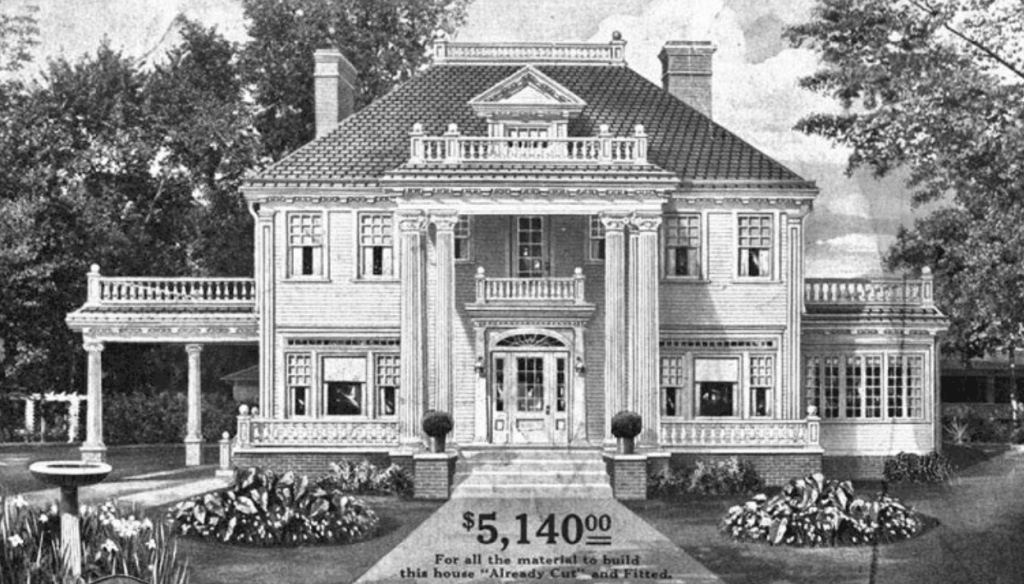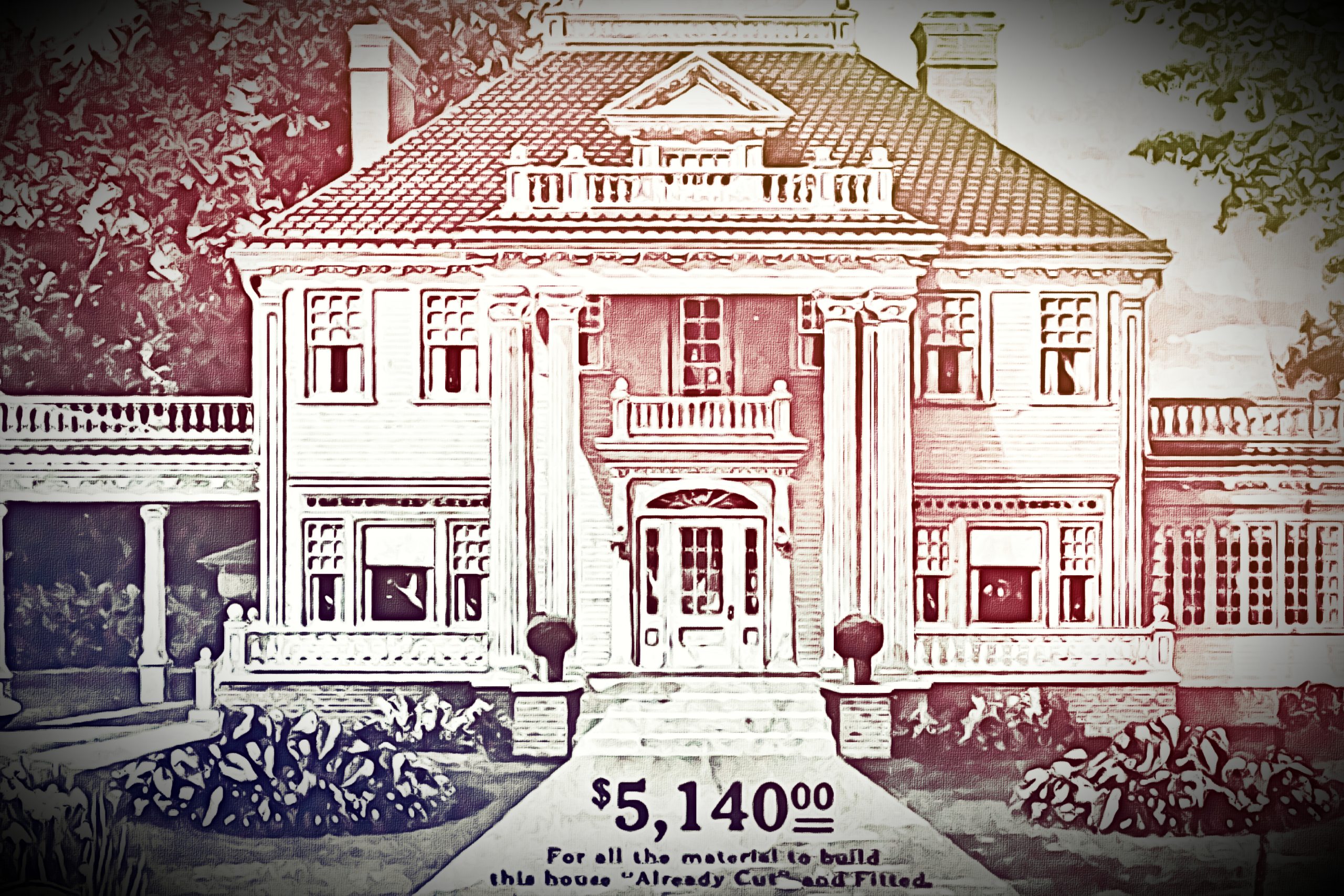I may not have been around during the golden era when buying a house was a rite of passage for most Americans, but my parents and grandparents sure remember it. They talk about $5,000 four-bedroom homes like they’re legends from a fairy tale. They also joke that bread was a nickel, and kids had to climb Mount Everest just to get to school. Hyperbole aside, the truth is that the iconic American Dream is on life support, and standing next to its bed is Nurse Ratched, ready to pull the plug.
If you’re a Millennial, your shot at homeownership is getting bleak. One culprit? There is a lack of available homes for the whopping 72 million people who make up this cold-brew coffee-swilling generation. But that’s not all. Housing prices are skyrocketing, interest rates are climbing, and the Millennial generation—alongside older Gen Z folks—simply can’t earn the kind of dough needed for a $25,000 down payment, let alone juggle a mortgage, property taxes, insurance, and astronomical utility bills. Oh, and don’t forget about groceries, which nowadays cost an arm and a leg, and maybe a few internal organs, to boot.
The older generations need to get real: houses aren’t $5,000 anymore, and salaries aren’t keeping pace with this skyrocketing housing market where the median home price exceeds $400,000. And get this: after adjusting for inflation, today’s graduates are pulling in about $10,000 per year less than their parents did. Yeah, it’s lookin’ bleak for us hipsters.
@themarcusgarrett 2023 Study: In 1984, graduates earned an average of $23,278, or $68,342 in today’s dollars when adjusted for inflation. This is $7,254 higher than a 2023 graduates’ average salary, and they typically have more student loan debt upon graduating. (YT: The Marcus Garrett – weekly personal finance interviews with your fav influencers and entrepreneurs) #salary #capitalism #trending #inflation #okboomer #millennial #genz #personalfinance #economy #fyp
♬ Last Hope – Steve Ralph
I was on the brink of giving up, ready to embrace single life in a plastic pod, when I stumbled upon this brilliant (though rather ancient) concept that’s blowing up on TikTok. What’s it about? Resuscitating two American icons that have seen better days: The American Dream and Sears. Ah, Sears, that nostalgic department store where everyone got those awesomely awkward photos taken.


Well, it turns out that Sears was way more than just a backdrop for cringeworthy family portraits and a go-to for all your hedge trimming needs. They were onto something groundbreaking that we need to resurrect, like yesterday: house kits.
And, no, I’m not talking about those trendy tiny homes or some repurposed Home Depot shed (not that there’s anything wrong with that). I’m talking about full-blown, spacious homes dating from the early 1900s to the 1940s that people are still living in and loving today. Folks could literally flip through a Sears mail-order catalog, point at a house they liked, drop a small amount of cash, and—voila!—Sears would ship them an entire DIY house kit. I’m talking lumber, hardwood floors, door hinges, and everything in between—the works!

The Sears Modern Homes catalog debuted in 1908, and it offered all the material and blueprints needed to build a house. The pieces that arrived in the mail were meant to fit together sort of like Legos, so buyers could build the houses themselves or hire contractors.
“You would order everything from your light fixtures, to your lamp, [the wall covering], kitchen cabinets, the whole thing, whether you get a garage or not. And then it just shipped to you,” preservationist Eric Dobson told NPR’s Allison Keyes in 2014.
Sears was not the first company to offer mail-ordered “kit homes,” but by the time the catalog was discontinued in 1940, Sears is estimated to have sold between 70,000 and 75,000 houses.
The homes originally cost between a few hundred dollars and a few thousand. The Martha Washington model, for example, originally sold for $2,688 to $3,727 (or the equivalent of $35,713 to $49,518 today), but in 2016 one sold for more than $1 million.
And you’ve got to check out these photos of Sears’ “home kit” houses. No joke, they’re absolutely stunning—definitely “pin-worthy,” if you ask me.


Talk about style and craftsmanship, right? Plus, think of the workout you’d get from building your own home. Heck, we might just solve America’s obesity crisis with catalog house kits. Two birds, one hammer—literally! But let’s get serious: these weren’t some flimsy, throw-together homes. Experts estimate that a whopping 70 percent of Sears homes are still standing strong today. That’s remarkable and a testament to the fine quality we once prided ourselves on in this country.
@kac_o It has… *charm* The beauty of living in an 82 year old house: when you have to fix something its called “restoring” We’ve been here almost a year and everyday im grateful to be in such a cool space. Plus walking distance downtown cant be beat.
♬ Little Things – Adrian Berenguer
Here’s a photo of a house featured in a Sears catalog from back in the day, alongside what that same house looks like today:

The Crescent House was gorgeous.

But the Magnolia home was like the Beyoncé of the Sears catalog—larger than life, fabulous, and all-around amazing.

Get this; it was priced at just under $5,200 back then. Seriously, my “pre-loved” (that means used) Chanel bag cost more than that house. I know, I know. Cue the irony alert! Maybe if I skipped the Chanel splurge, I’d have a down payment by now. But come on, a girl’s got to have her priorities, right?

The reality is this: Sears won’t be selling you a $5,000 dream home anytime soon, but imagine a world where snagging a cozy plot of land, a bangin’ house kit, and enough pizza and beer to throw the ultimate DIY house-raising shindig was actually doable. Fine, maybe that’s a bit Hollywood, but don’t miss the real tea here: necessity is one fabulous mother of invention. We’ve got to start thinking outside the cookie-cutter McMansion box! Sears didn’t just sell houses; they sold the friggin’ American Dream, flat-packed! And that, my friends, is a legacy that should make even the most skeptical of us tip our overpriced, “pre-loved” Chanel hats. So, let’s see some of that startup magic channel real problem-solving. What’s stopping us from writing the next chapter in the American Dream playbook?
Till next time, be wickedly wonderful.







My Mom’s home is a sears home almost a century old and will probably sell for around 400k this year
“Maybe if I skipped the Chanel splurge, I’d have a down payment by now. But come on, a girl’s got to have her priorities, right?”
You are what’s wrong with your generation.
Great idea back then. Now there are so many rules and regulations I am not sure it could even be done now. Every state/county/town has so many building codes these days how could the people developing the house ever figure it out ?
With all the government restrictions in place, trade unions red tape, and our litigation culture, sadly those days are as gone as Sears itself. Reign in the government and break up the unions, you’ll get your dreams back. Go Trump!
I lived in and owned a modest Sears Gunnison home. It is a solidly built home with a smart floor plan. I loved it. It was all plywood making tech upgrades a little tough, but there were cosmetic workarounds.
Thanks for the article.
What has to go for this to happen is: HUD/VHA, Federal Reserve, IRS, FTC, OSHA, and your local Fascist Building Inspector – all of whom will shut you down if you even attempt to construct a home on your own. Government IS the creator of homelessness and hopelessness – by strangling initiative and innovation in its crib.